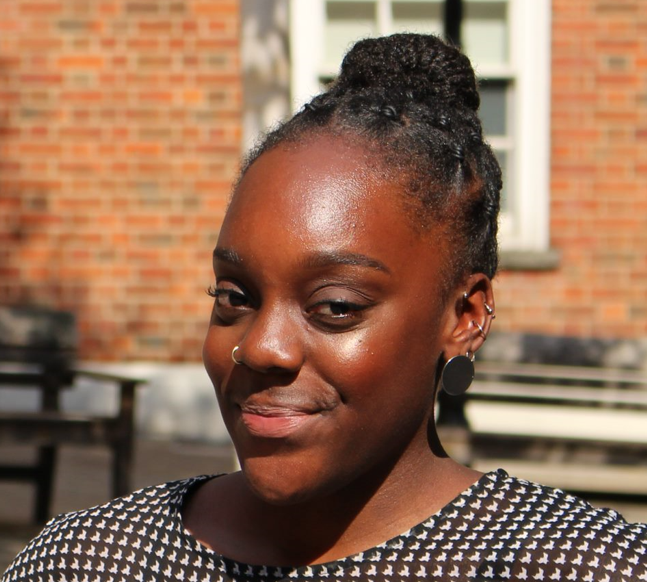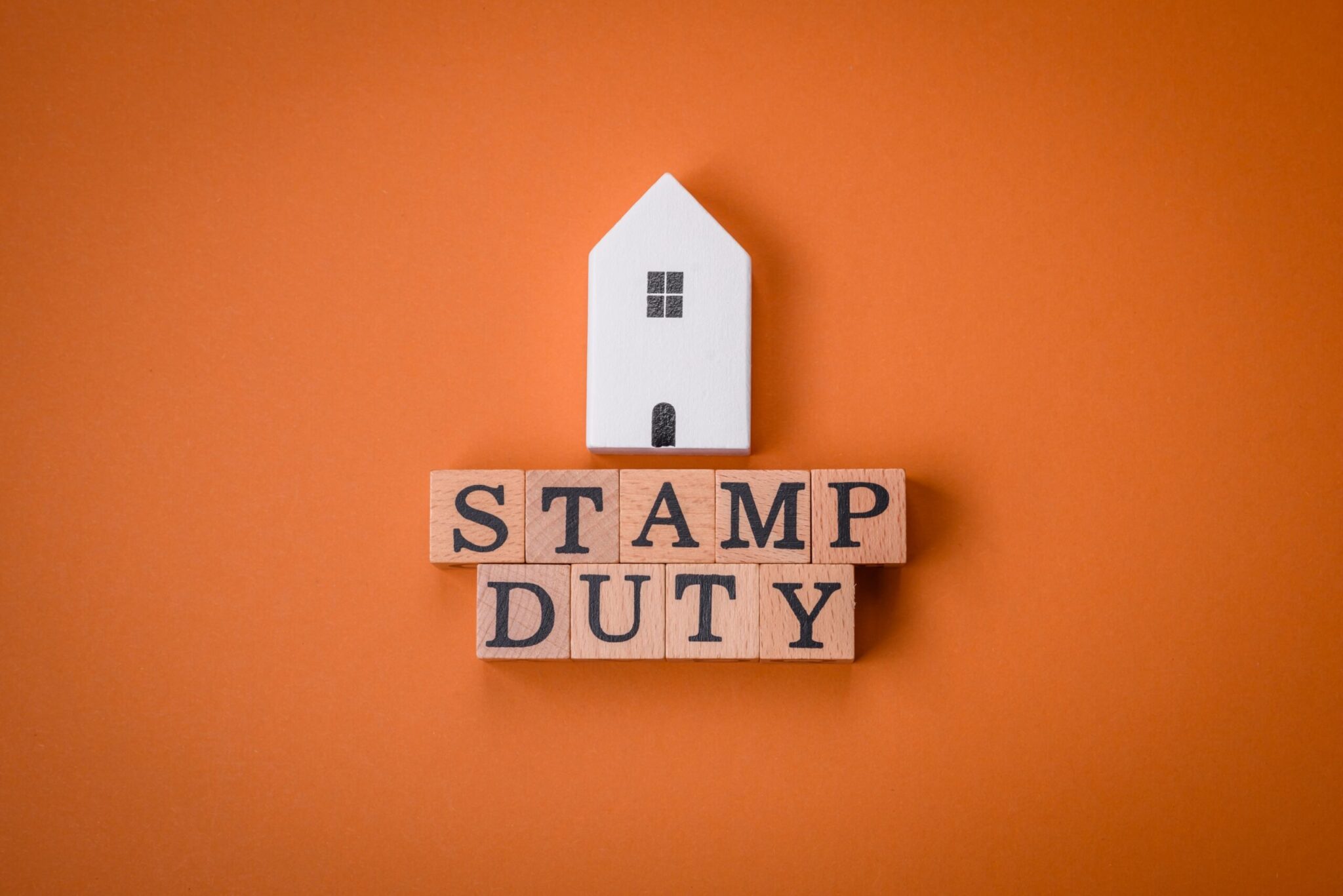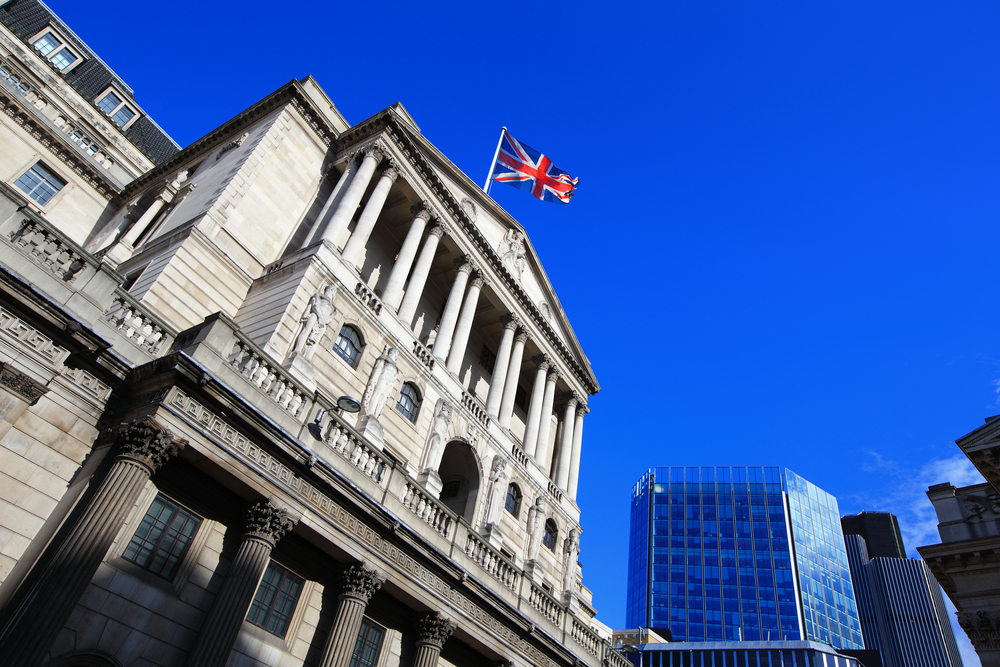A drop in house prices could result in people being on higher mortgage rates if they are pushed into different loan to value (LTV) brackets, Bank of England economists have suggested.
Writing for the Bank of England’s Bank Underground blog, Fergus Cumming, deputy chief economist at the Foreign, Commonwealth and Development Office, and Danny Walker, private secretary and chief of staff at the Bank of England, said a 10% drop in house prices could put 350,000 mortgagors above 75% LTV.
The report said this would have a “material impact on the economy” as it could increase their mortgage payments by an extra £2,000 each year.
The economists said because of the risk of negative equity, higher LTV mortgages were priced higher and during the 2010s, the difference between a 90% deal and a 75% mortgage was around one and two percentage points.
However, as of August this year, the differential had narrowed to 0.4%. The blog said the gap had started to get closer in 2021.
Because high LTV mortgages “look relatively cheap compared with recent history”, it was likely that 90% LTV mortgages could return to the spread seen before 2010, the blog said.
A recalculated LTV
The economists based their scenario on a 10% drop in house prices and a 100 basis points (bps) rise in mortgage rates. By comparison, in 2007 to 2009 during the financial crisis, a 90% LTV rate was more than 2.5% higher than a 60% LTV and house prices fell by around 20%.
Cumming and Walker assumed that all mortgagors would refinance at a higher rate and noted that, at origination, around 40 per cent of mortgages need not meet the 0-60% of 60-75% LTV band.
They said roughly a quarter of recent mortgages, or 800,000, were above the 75% LTV threshold.
With a 10% decline in house prices, they said this would put 350,000 more mortgaged households above the 75%LTV bracket, accounting for 1.1 million or 40% of recent mortgagors. They also wrote that this would push 3% of mortgagors into negative equity.





